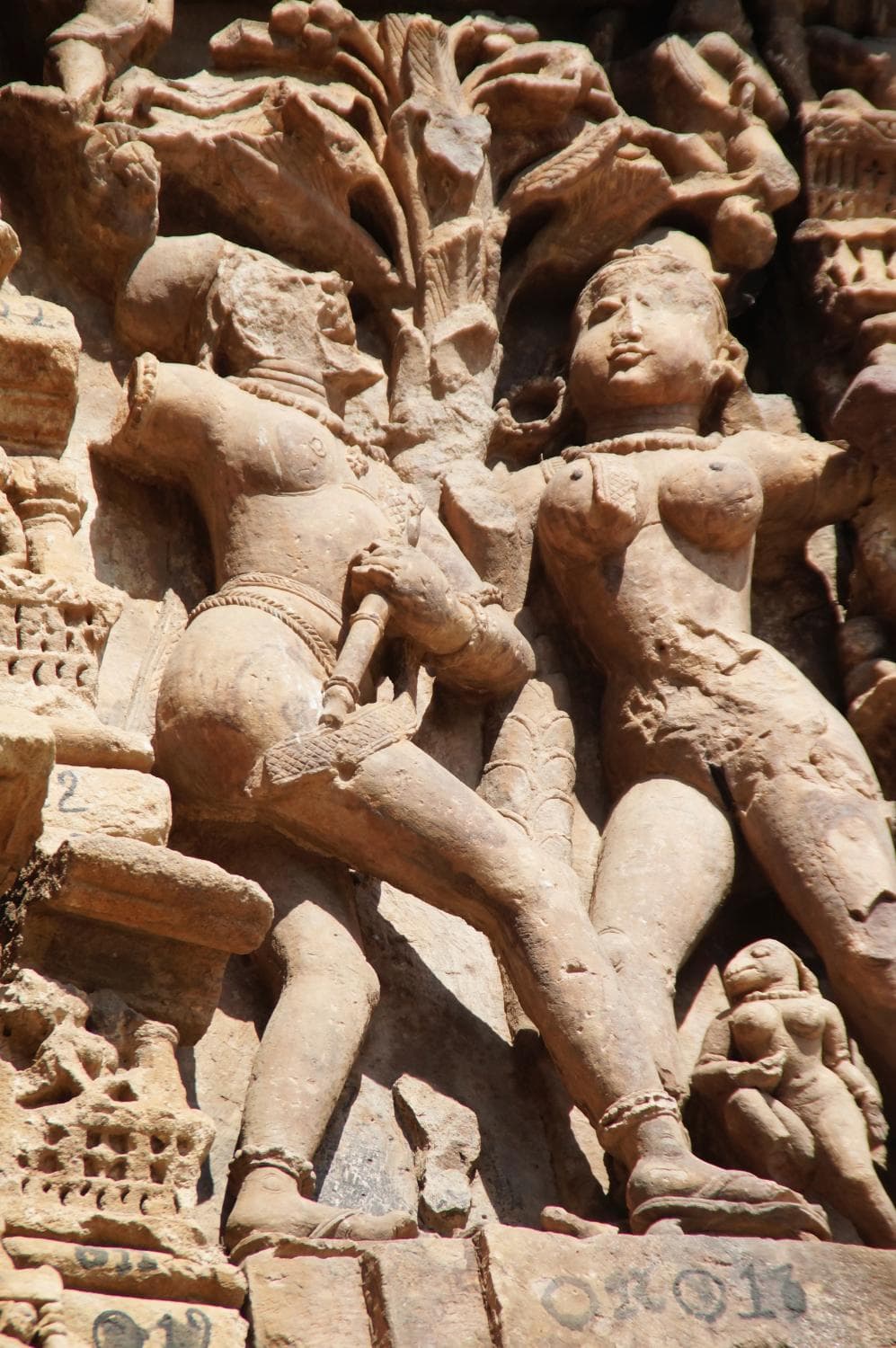
Dabhoi Fort
Explore Dabhoi Fort, a 12th-century marvel of intricate carvings and grand gateways, showcasing Gujarat's rich architectural heritage.
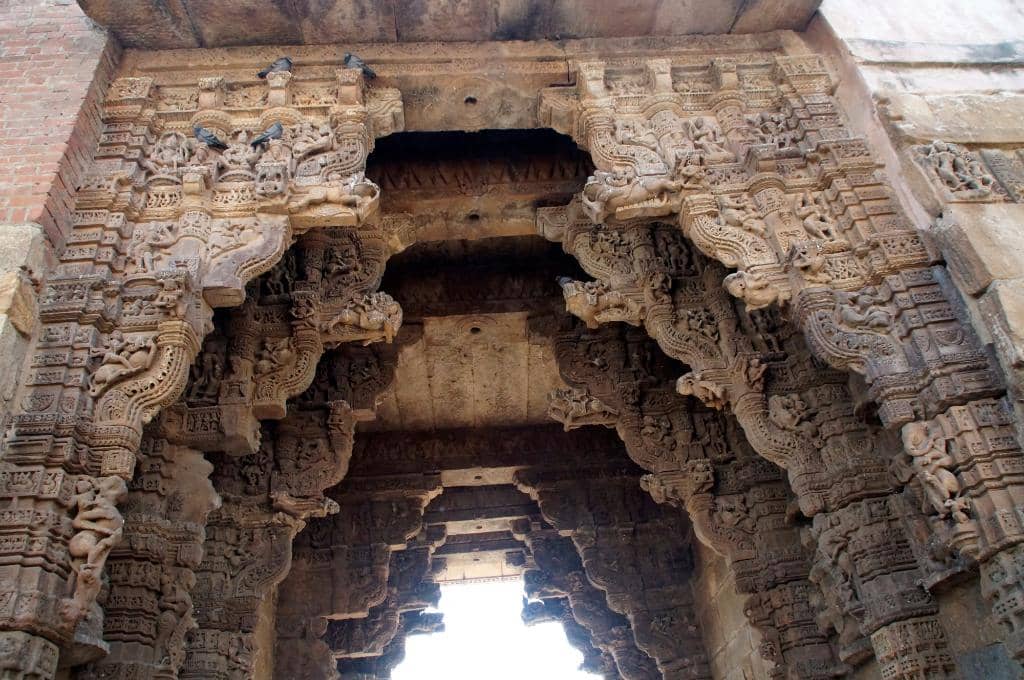
Highlights
Must-see attractions
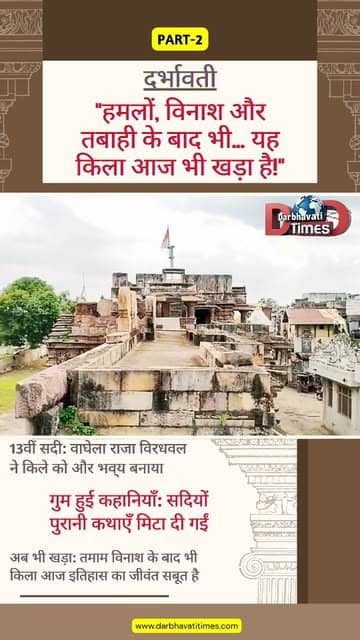
Social
From TikTok & Reddit
Best Time
Best light for carvings

Dabhoi Fort
Best Time
Best light for carvings

Highlights
Must-see attractions
Explore Dabhoi Fort, a 12th-century marvel of intricate carvings and grand gateways, showcasing Gujarat's rich architectural heritage.
"Dabhoi Fort's craftsmanship dazzles the eyes, reminding one of a golden era."
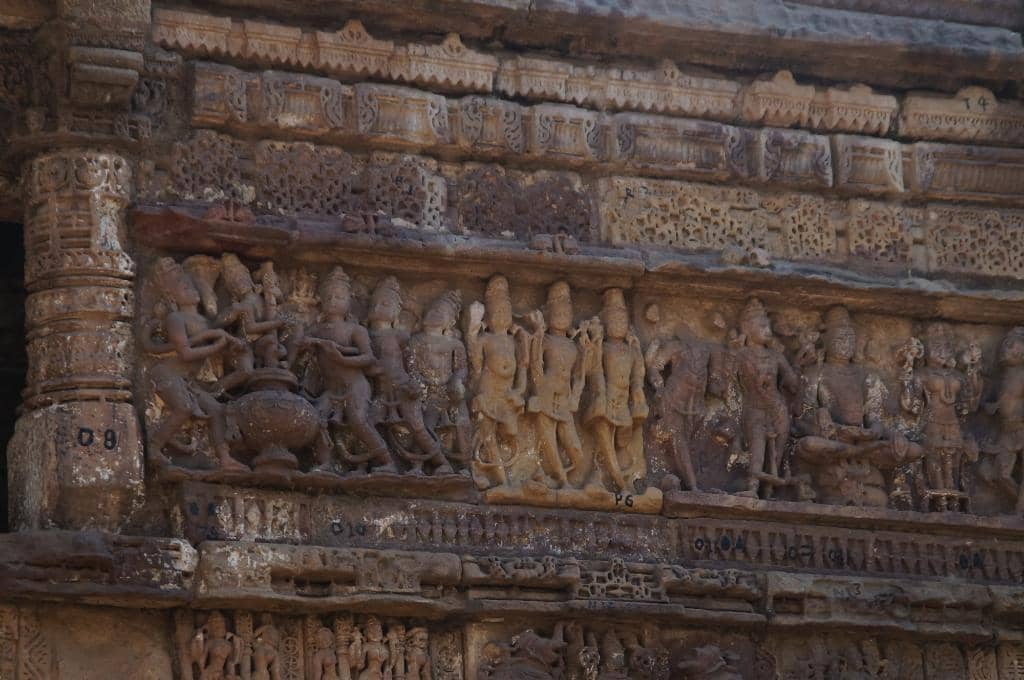
🎯 Admire the Architecture
Focus on the detailed stone carvings; they are the fort's true highlight!
🚶♀️ Explore the Gates
Don't miss Hira Gate, a masterpiece named after its architect.
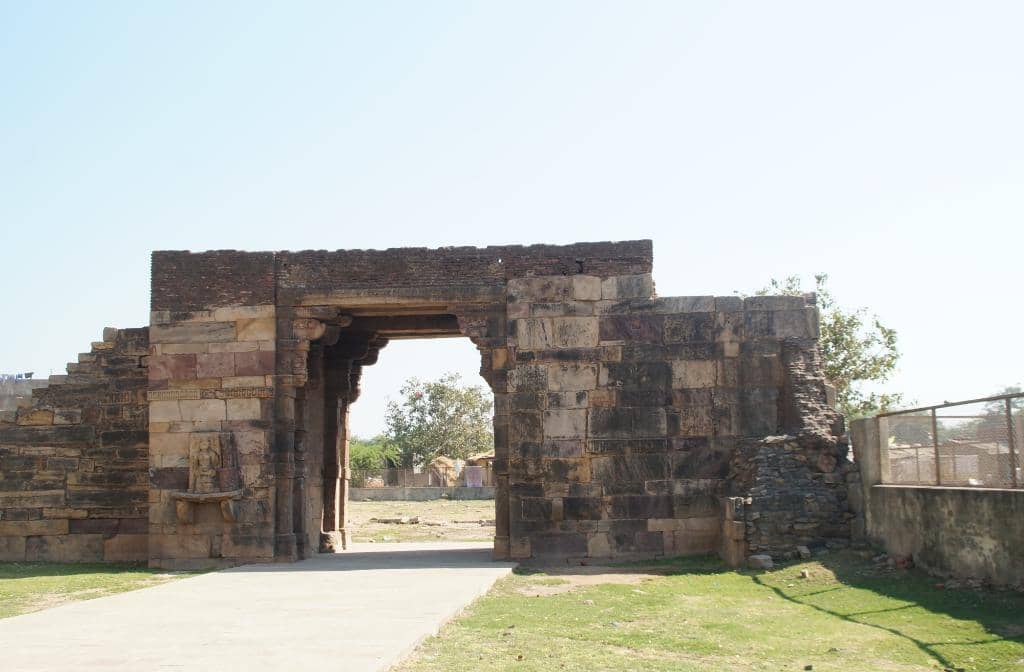
Highlights
Discover the most iconic attractions and experiences

Hira Gate (Hira Bhagol)
Main entrance
Marvel at the intricate carvings and historical significance of this grand 12th-century gateway, named after its architect.
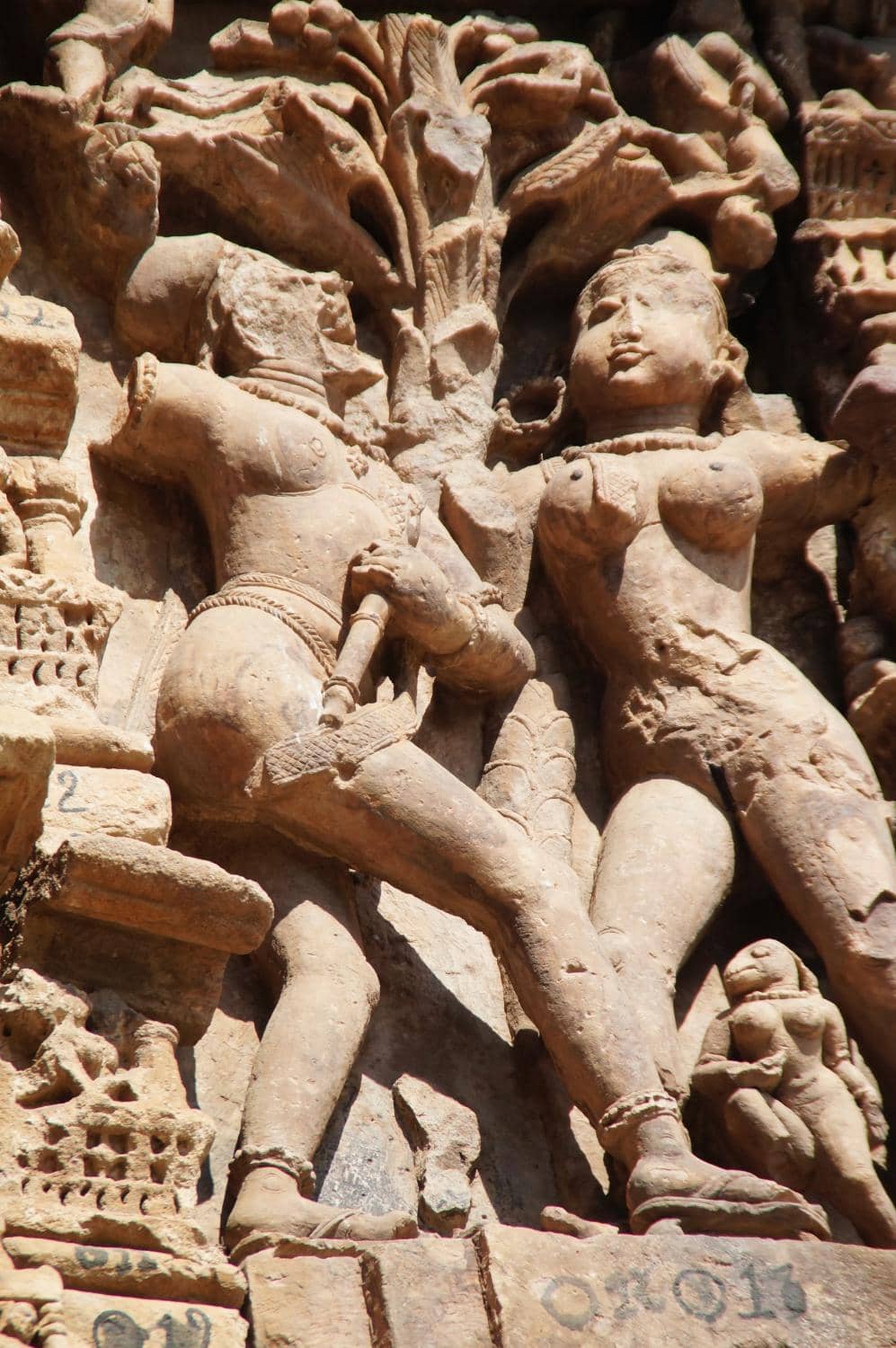
Vamavart Fortifications
Surrounding the old town
Explore the remnants of the ancient fort walls and gateways, showcasing the architectural prowess of the Solanki dynasty.

Intricate Stone Carvings
Throughout the fort complex
Discover the detailed monoliths and sculptures that adorn the fort, reflecting a rich heritage and artistic legacy.
Plans like a pro.
Thinks like you
Planning Your Visit
Timing is Key for Exploration
Understand the Fort's Layout
Best Times
Insider Tips
from TikTok, Instagram & Reddit
🎯 Admire the Architecture
Focus on the detailed stone carvings; they are the fort's true highlight!
🚶♀️ Explore the Gates
Don't miss Hira Gate, a masterpiece named after its architect.
☀️ Visit in Good Light
Daylight is essential to appreciate the intricate details of the fort.
📜 Learn the History
Understand the fort's past, built by King Jayasimha Siddharaja.
Tips
from all over the internet
🎯 Admire the Architecture
Focus on the detailed stone carvings; they are the fort's true highlight!
🚶♀️ Explore the Gates
Don't miss Hira Gate, a masterpiece named after its architect.
☀️ Visit in Good Light
Daylight is essential to appreciate the intricate details of the fort.
📜 Learn the History
Understand the fort's past, built by King Jayasimha Siddharaja.
What Travellers Say
Reviews Summary
Visitors are consistently impressed by the intricate stonework and historical grandeur of Dabhoi Fort, particularly Hira Gate. The fort is lauded as a significant heritage site showcasing a golden era of Indian architecture. Some find the site could benefit from better preservation and signage to enhance the visitor experience.
"This is a historical site of Gujarat. The fortification of it is ascribed to the Chaulukya king of Gujarat, Jayasimha Siddharaja (1093-1143 AD), who made this his frontier fortress.
Hira gate or Hira bhagol or hira darvaja is named after architect Hiradhar. In gujarati Hiradhar known as hira kadio.
Accorning history and legend Hiradhar also made a lake as symbol of his love and memory of his lover by stealing stone. Rular king catched up Hiradhar and give order of the death penalty with mosonring in wall. His lover give ghee for eat through small cracks. When time come to make pinnacle of gate nobody knows how do it . Only hira knows that so he taken out. But after a time he died of breathing problem. After that village name known by tentalav ( talav gujarati word of lake).
This Hira Gate according to tradition cost more than ten thousand pounds sterling in 1865 values."
Narvan Shiyal
"My city in the Love hira gate fort"
Dave Yogesh
"BEST"
Bhaskar Patel
What People Like
What People Dislike
Frequently Asked Questions
🚇 🗺️ Getting There
Dabhoi Fort is about an hour's drive from Vadodara. You can hire a taxi or drive yourself. Public transport options might be available but can be less direct.
While buses might connect to Dabhoi town, reaching the fort complex directly via public transport might require local arrangements or a short auto-rickshaw ride from the bus stand.
Walking is a great way to explore the fort's gates and surrounding areas. For longer distances or if time is limited, auto-rickshaws are readily available.
Parking availability can vary. It's advisable to look for designated parking areas or ask locals upon arrival, especially if you are driving.
Yes, Dabhoi Fort can be part of a larger itinerary. Some visitors combine it with the Statue of Unity or Sardar Sarovar Dam.
🎫 🎫 Tickets & Entry
Entry to Dabhoi Fort and its gates is generally free, as it's an open historical site. However, it's always good to check for any local entry fees or timings.
Dabhoi Fort is typically accessible during daylight hours. As it's an open historical site, there are usually no strict closing times, but visiting during daylight is recommended for safety and visibility.
Hira Gate, like other parts of the fort, is usually free to access. The focus is on appreciating the historical architecture.
Dabhoi Fort is generally open every day. However, it's always a good idea to confirm local holiday schedules or any specific event closures.
Official guided tours might not be readily available. However, you can hire local guides in the vicinity or use historical information to enhance your understanding.
📸 📸 Photography
The intricate carvings on Hira Gate and other gateways offer fantastic photographic opportunities. The overall scale of the fortifications also makes for dramatic shots.
Yes, photography is generally allowed at Dabhoi Fort. However, always be respectful of the historical site and avoid using flash in sensitive areas if any.
Early morning or late afternoon provides the best natural light for photography, highlighting the textures and details of the stone carvings without harsh shadows.
Drone usage is typically restricted at historical monuments to preserve their integrity and for security reasons. It's best to check local regulations before flying a drone.
A wide-angle lens is great for capturing the scale of the gates, while a macro lens can be useful for close-ups of the intricate carvings. A sturdy tripod can help with low-light shots.
🎫 🏛️ Onsite Experience
Dabhoi Fort was a frontier fortress built in the 12th century by King Jayasimha Siddharaja. It's renowned for its impressive architecture and well-preserved gates, reflecting a golden era of Indian history.
The primary attractions are the four beautifully carved gateways of the old fort, known as Vamavart Fort. Hira Gate is the most famous among them.
You can explore the main gates and appreciate the carvings in about 1-2 hours. If you wish to delve deeper into the history and surrounding areas, allocate half a day.
Basic facilities might be limited within the fort complex itself. It's advisable to carry your own water and use restrooms before or after your visit in the town.
Comfortable walking shoes are a must. Lightweight, breathable clothing is recommended, especially during warmer months.
For Different Travelers
Tailored advice for your travel style
👨👩👧 Families with Kids
Tips for families: Wear comfortable shoes as there's a lot of walking. Carry plenty of water, especially during warmer months, as facilities can be limited. While the site is generally safe, keep a close eye on younger children in open areas. Consider a picnic lunch to make the outing more enjoyable.
📸 Photography Enthusiasts
Photography tips: Visit during the golden hours (early morning or late afternoon) for the best light that accentuates the textures of the stone. A tripod can be beneficial for capturing details in varying light conditions. Experiment with different angles to showcase the fort's grandeur and the artistry of its creators.
🏛️ History Buffs
For a deeper dive: Research the Solanki dynasty and their architectural contributions before your visit. Look for local guides who can share more in-depth historical anecdotes and legends that bring the ruins to life.
Deep Dives
In-depth insights and expert knowledge
The Architectural Marvels of Dabhoi Fort
Among the most celebrated is the Hira Gate (also known as Hira Bhagol), named after its architect, Hiradhar. Legends surrounding Hiradhar add a layer of mystique to the fort, with tales of his love and the unique construction methods employed. The gate's detailed carvings depict various scenes and motifs, reflecting the cultural and religious influences of the era. Other significant gateways, though perhaps less preserved, contribute to the overall grandeur of the Vamavart Fortifications, encircling the ancient town.
The Polki structure of Dabhoi Fort is noted for its similarity to the Pol of Chittorgarh, suggesting possible architectural exchanges or influences during that period. The intricate stonework, often described as monolithic, highlights the skill of the artisans who transformed massive stones into delicate sculptures. Exploring these structures offers a glimpse into the strategic planning and artistic sensibilities of ancient Indian builders, making Dabhoi Fort a significant heritage site.
Historical Context and Legends
Local legends add a rich narrative to the fort's history. The story of Hiradhar, the architect of Hira Gate, is particularly poignant. It is said that he created a lake as a symbol of his love and memory of his beloved. When the ruler discovered Hiradhar's secret, he ordered a death penalty. However, Hiradhar's lover managed to sustain him by passing ghee through small cracks. Tragically, after completing the pinnacle of the gate, Hiradhar succumbed to breathing difficulties, and the town later became known as Tentalav (meaning 'lake' in Gujarati). This legend, passed down through generations, adds a human element to the historical monument.
The fort's historical importance is further underscored by the fact that the Hira Gate alone was estimated to have cost over ten thousand pounds sterling in 1865 values, indicating its immense significance and the resources dedicated to its construction. Visiting Dabhoi Fort is not just about seeing ruins; it's about connecting with centuries of history, art, and captivating local lore.



Social
from TikTok, Instagram & Reddit